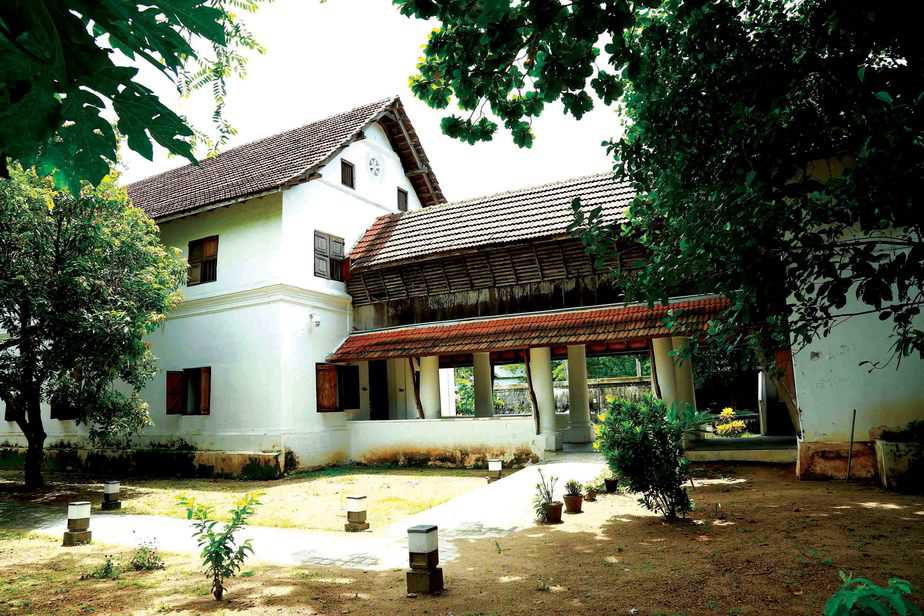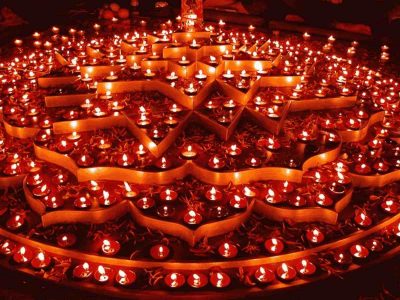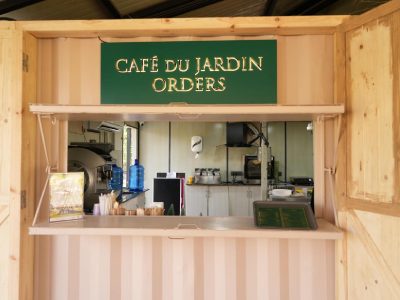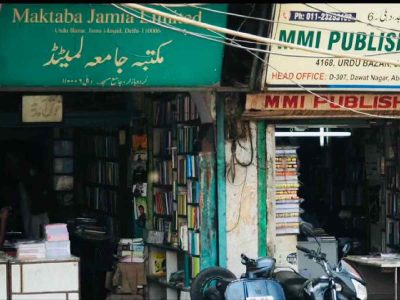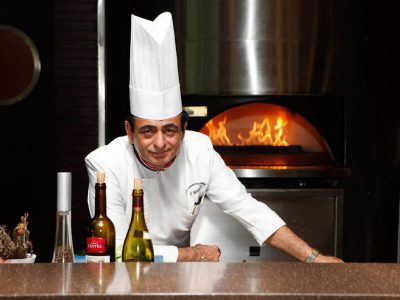Once a thriving trading port and now a heritage site, Kerala’s Muziris is a confluence of cultures housing over 25 museums and places of worship. The Hop-on Hop-off boats are a bonanza for tourists
Not a single soul can be seen in Paravur Synagogue. It is a strange feeling to be in a place of worship without its ritualistic paraphernalia. But this is now a museum — Kerala Jews History Museum. The Jews came to Kerala in the 1st millennia BC as traders. Patronised by the Chera king Cheraman Perumal, they established synagogues at their respective settlements across the state. This one is said to be the largest complex and the oldest synagogue in the area built in 1615. Some say it was built on the top of the ruins of another synagogue dating to 1165 AD.
As invasions occurred in the area, some oral traditions say the Portuguese set the Paravur Synagogue on fire in 1662. The International Survey of Jewish Monuments (ISJM) reports that the original bimah and the ark (containing Torah scrolls) were moved to Israel in 1995. The area, once home to 3,000 Jews, saw most Jews move to Israel when it was created. Now it is only the last Jew family that comes for prayers to this synagogue-turned-museum. Walking around, we see pictures of this last four-member family with the surname Namiah.
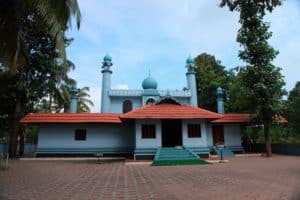
Paravur Synagogue is on Jew Street and the Paravur market is close by. The synagogue is a blend of traditional Jewish and Kerala architectural styles with an arched gateway, a balcony and a separate gallery and entrance for women. This is the second synagogue I walk into – barefoot, mind you — the first one being in Jew Town at Kochi. While Kochi is a bustling centre, Muziris is the calm, green cousin.
The synagogue is part of Muziris Heritage Project, launched in 2010 by the Government of Kerala. It’s a green project with an aim to boost the economy and sustainable livelihood. Here lie remnants of different cultures. There are churches, the Cheraman Masjid, Kodungallur Bhagavathy and other temples, Palium palace and the old waterways of Periyar River leading to Muziris. Excavations revealed that the ancient port lay in the present region of Kodungallur and Paravur.
Muziris was a confluence of cultures with trading roots going back to 3,000 BC. Many famous texts mention the port.
References are there in Bardic Sangam literature and in the Greek travelogue Periplus of the Erythraean Sea. Even in Naturalis Historia, Pliny the Elder (1st century AD) referred to this port. Muziris traded with almost 33 countries then. The export-import was mostly in spices and gemstones.
Once, it was visited by Phoenicians, Persians, Egyptians, Greeks, Romans, Arabs and Chinese. But time changes everything.
The devastating 14th century floods (Periyar floods, 1341) wiped Muziris off the global trading map. And now only the shards and ancient structures remind us of that era. We arrive a wee bit late, when the sun is high in the sky, and there is little time to explore the many heritage sites. All the museums close around 5 pm. So, we practically race through sites but the deep roots here demand a slower pace.
Our next stop is the museum at Pattanam. Here, Roman coins were discovered in 1983. Luck smiled upon the area in 2007 when some children in the area discovered ancient beads. Since then, Kerala Council for Historical Research (KCHR, an autonomous institution) did some excavations and a treasure emerged. The museum is known as children’s museum and in it lie evidences of habitation from the Iron Age to the modern period. It’s very popular for educational trips and there is even a children’s play corner.
The museum has semi-precious stones and beads, Chera-era copper alloy and lead coins, shards of amphora, glass pillar bowls fragments and maps and more. A puzzle called tubular jar is quite an attention-grabbing piece. Experts have not been able to decipher the purpose as it is open from both ends.
From relics back to prayers, we drive to the oldest mosque in India: Cheraman Juma Masjid. With a separate entrance for men and women, this was built in the seventh century. And it is unique as it was built by a Hindu ruler. Legend claims that Cheraman Perumal, the last Hindu Chera ruler of that region, dreamt of a half moon and stars and embraced Islam. While pigeons strut in the courtyard, we walk to the museum. A few minutes of silence in this peaceful space and we are off to a local lunch.
Hotel Kailasam is the nearest veg eatery — small and old world. We dig into delicious jaggery-filled ada and down it with masala tea. And then barefoot once again, we head to the Shiva temple in Thiruvanchikulam to meet the deity of the royal family of Kochi. Stepping past the sculpture of genuflecting women at the entrance, we are enveloped in the fragrance of incense. This is said to be among the oldest, reportedly 2,000 years old, Shiva temples in South India.
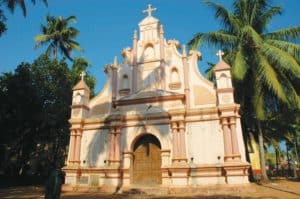
From land to water, while we didn’t do the full circuit in the Hop-on Hop-off boats, we did manage a site or two. The jetty is clean and the sail enthralling. The boat is air-conditioned. A ride takes us to Paliam Kovilakom. This is a palace presented by the Dutch to the then prime minister of Cochin. And unlike the palaces in the northern belt, it’s a lot less ornate with lots of open space. The prime minister’s wooden bed is coated with medicinal herbs.
From there, we go to Paliam Nallukettu. While the literature says it’s a traditional Kerala home for royal families, a native said it’s where affluent families live. This was built on Vaastu principles in1786. The matrilineal Nair society lives by ‘her’ rules and we see pictures of the lineage on one wall. While visitors are not allowed beyond a certain area as the current owners stay there, the matriarch is gracious enough to let us offer prayers to the family deity in the private temple.
The journey ends as the clock strikes 5. The weather is beautiful and our night stay is near the Cherai beach.
A sumptuous dinner and we head to the beach, sitting on the rocks and enjoying the waves that rush in and rush back. We are in a ‘state of nothingness’. But no trip to Kerala is complete without a sip of toddy. While the driver doesn’t look pleased at this request, I persist. It takes almost 30 minutes to find a shack ready to serve us the forbidden elixir! I avoid the stares and down a glass in seconds with the spicy fish snack. And then to rest, till I get to explore the waterways at a slower pace another time.
Logistics
- The airport at Nedumbassery is an hour’s drive from Paravur Synagogue. One can see the area on cycles or drive around as well.
- For information on Muziris Heritage Project, visit muzirisheritage.org. You can book your boat ride and even hold functions at a convention centre here.
- Some interesting places: Kottappuram fort, Gothuruthu Performance & Chavittu Nadakam Centre, Harmony Park (Jewish Cemetery), Kerala Jews Lifestyle Museum

